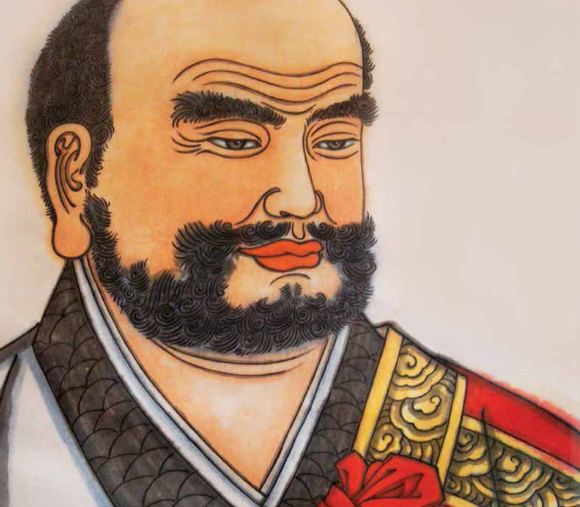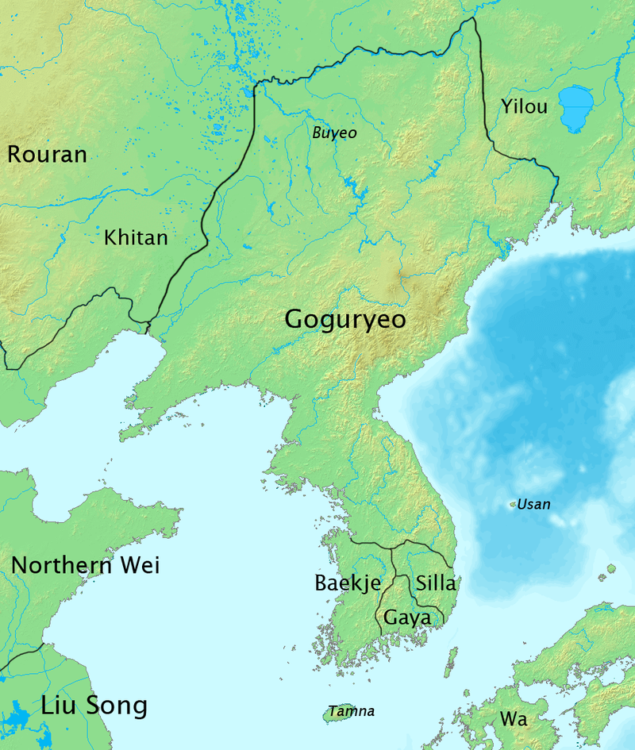
The Beopseong sect, as the name hints at, attempts to clarify the meaning of various dharmas. The Beopseong sect used the Three Treatises as their primary texts. These three texts are: 1. The Middle Treatise – Mūlamadhyamakakārikā, 2. The Treatise on the Twelve Gates – Dvādaśadvāraśāstra, 3. The Hundred Verse Treatise – Śataśāstra. As a result, the Beopseong sect is also sometimes called the Three Treatises School, or the “Samnon-jong” in Korean.
One of the main focuses of the Samnon-jong sect, which is known as the “Buddha Nature” in English, focuses on how it’s possible for sentient beings to attain the state of a Buddha. This is a central topic in Mahayana Buddhism. So one of the meanings of the term “Buddha Nature” is that all sentient beings contain an enlightened Buddha within themselves. Another approach to the idea of “Buddha Nature” is the idea that allows for the enabling of sentient beings to become Buddhas. Debate continues to this day on what the “Buddha Nature” means, and it plays a major role in doctrinal Mahayana Buddhism.
With this in mind, the Samnon-jong (Buddha Nature) sect sharply criticized the Smaller Vehicle – Hinayana Buddhism. The reason for this is that the Samnon-jong sect believed that the Smaller Vehicle served no purpose. The Samnon-jong sect considered the idea of emptiness found in Prajnaparamita (the Perfection of [Transcendent] Wisdom) as corresponding perfectly to the ultimate end, or “Gugyeong” in Korean. That’s why the Samnon-jong sect is also known as the Emptiness of Nature Sect, or “Seonggong-jong” in Korean.
So how did Samnon Buddhism first develop? In China, during the reign of Emperor Yao Chang (r. 384-394 A.D.) of Later Qin, a monk from Kucha named Kumārajīva (344-413 A.D.) followed Lü Guang (337-400 A.D.) to Liangzhou and reached Changan in 400 A.D. Kumārajīva immediately started to translate Buddhist sutras. Among the 380 sutras that he translated, the Śataśāstra was completed in 404 A.D. And the other two sutras, the Mūlamadhyamakakārikā and the Dvādaśadvāraśāstra, were both completed in 410 A.D. It was from these sutras, and their translations, that a sect was founded. But not only was it founded, but it began to flourish right away, as well. Kumarajiva became the first patriarch of the sect.
With all that being said, it’s unclear how this sect first came to the Korean peninsula. Also, it’s impossible to know the person that first expounded and taught these teachings, as well. However, it can safely be assumed that because of the proximity of Northern China (which is where Sanlun Buddhism was first founded and developed) to the Korean peninsula, that it was transmitted through trade and cultural exchanges. And because Sanlun Buddhism passed through the Korean peninsula to arrive in Japan, which it did as Sanron Buddhism in 625 A.D., Sanlun Buddhism was already present in the Three Kingdoms of Korea (18 B.C. – 660 A.D.) at this time. With this in mind, and without being able to be more specific, Sanlun Buddhism is believed to have first been introduced around the time other sects arrived on the Korean peninsula from Tang China (618–690, 705–907 A.D.) like Huayan and Vinaya Buddhism. Additionally, the Hwaeom-jong sect and Samnon-jong sect were believed to have strong ties. Later, and at the beginning of the Joseon Dynasty (1392-1910), the Samnon-jong sect was unified with the Jungdo sect, and it became the Jungsin sect. This sect continued to use the same doctrinal content of the Three Treatises.



Recent comments